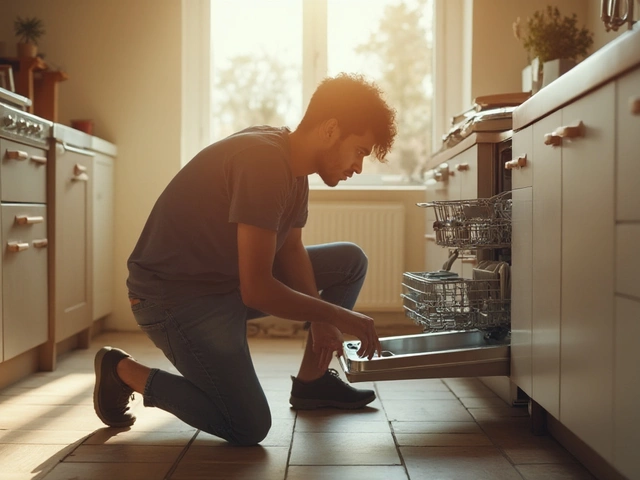Replace Cooker – Quick Guide to Knowing When to Swap Your Oven
Got a cooker that’s acting up? Before you call a tech or start ordering parts, ask yourself three simple questions: Is it safe? Will it fix the problem? And will it save you money? Answering these will tell you if a repair will do or if it’s time for a new oven.
How to decide: repair or replace?
First, look at the age of your cooker. Most ovens last 10‑15 years if they’re well‑maintained. If yours is older than that and the repair bill is more than half the price of a new unit, replacement usually makes sense.
Second, consider the fault. A blown fuse or a broken heating element is cheap to fix. A cracked door, faulty thermostat, or recurring error codes can hint at deeper issues that keep coming back.
Third, think about energy efficiency. Newer models use less electricity, so even if a repair is cheap, a modern oven could lower your bills and cut your carbon footprint.
Lastly, check safety. If you smell gas, see sparks, or notice any sign of fire risk, stop using the cooker straight away and replace it. Safety trumps cost every time.
Steps to replace your cooker safely and smoothly
1. Measure the space. Open the old oven doors and measure width, height, and depth. Write down the numbers – you’ll need them when you shop for a new model.
2. Choose the right type. Decide between electric, gas, or dual‑fuel. Electric ovens are easy to install, while gas models need a qualified plumber.
3. Set a budget. Basic electric ovens start around £300, mid‑range models £600‑£900, and premium built‑in units can exceed £1500. Add a few hundred for installation.
4. Pick a reputable retailer. Look for warranties of at least two years and a clear return policy. Local retailers often offer free delivery and a same‑day install.
5. Plan the installation. If you go electric, you can usually hook it up yourself with a screwdriver and some basic wiring knowledge. For gas, always hire a certified electrician or gas engineer – it’s a legal requirement and keeps you safe.
6. Dispose of the old cooker. Many retailers will take the old unit for recycling. If not, call your local council for bulk waste collection.
7. Test the new oven. Turn it on, run a quick heat test, and ensure all burners or heating elements work. If anything feels off, call the installer right away.
Replacing a cooker doesn’t have to be a nightmare. Follow these steps, stay within your budget, and you’ll have a reliable oven back in the kitchen in no time.
If you’re in Rugby and want a professional to handle the heavy lifting, our team at Rugby Appliance Repair Services can give you a free quote, handle the installation, and make sure everything complies with local safety rules. Give us a call and get cooking again faster.






